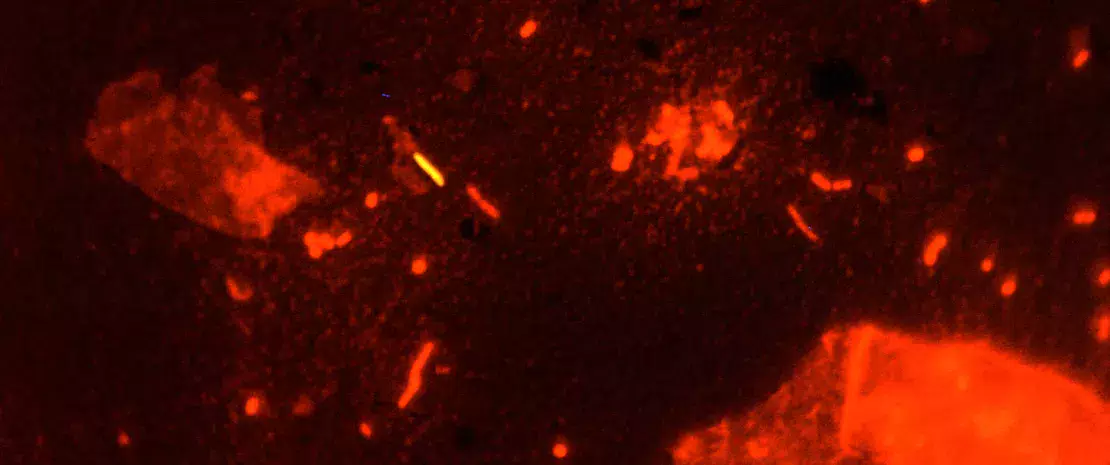Are the microbiota and the gut-lung axis key factors in tuberculosis?
The gut and lung microbiota may play an important role in the development of tuberculosis and in the effectiveness of treatment for the disease. So much so that probiotics and postbiotics may even be useful as an addition to current therapies or as drug optimization strategies.
Sources
This article is based on scientific information

About this article
(sidenote: Tuberculosis_WHO Oct 2021 ) (WHO, 2020), tuberculosis (TB) remains a major public health concern. This highly contagious infectious disease is caused by the bacterium Mycobacterium tuberculosis. According to a recent review, a number of studies have suggested the involvement of various microbiota.
Gut dysbiosis...
The gut microbiota is involved in the modulation of the host’s immune system. Studies have reported differences in gut microbiota composition between tuberculosis patients and healthy individuals, with specific intestinal signatures in TB patients (lower diversity, lower abundance of Bacteroides, etc.), which nevertheless vary according to the stage of the disease.
1.4 million people died from TB in 2019 (WHO, 2020).
Moreover, some studies on mouse models suggest that a gut dysbiosis may reduce the efficacy of antitubercular drugs. This implies that rebalancing the gut microbiota with probiotics or postbiotics may reinforce the efficacy of these drugs. It may also improve host immunity against the bacteria responsible for tuberculosis. The in vitro and in vivo anti-tuberculosis activity of probiotics and postbiotics is evidence of their potential.
... and lung dysbiosis
There are fewer studies on the lung microbiota. Conducted using bronchoalveolar lavage samples or sputum samples, they generally report a decrease in microbiota diversity in TB patients, with a change in the dominant species. These studies also suggest an important role for the lung microbiota in the development of tuberculosis and in the efficacy of treatment for the disease. This opens up the prospect of using certain respiratory commensal bacteria as new generation probiotics to treat resistant respiratory TB.
A gut-lung axis in TB
The gut and lung microbiota appear to be involved in the prevention, development, and treatment of tuberculosis. How? By affecting the number and function of immune cell subsets, by producing bacteriocins and bacteriolysins that restrict the growth of M. tuberculosis directly, and/or by influencing the bioavailability and pharmacokinetics of anti-TB drugs. Lastly, due to strong links between the gut microbiota and lung microbiota via a two-way dialogue, alterations in the former can affect the latter, and vice versa. Thus, by affecting host immune responses to M. tuberculosis, the gut-lung axis may play a key role in the prevention and treatment of TB.








